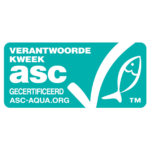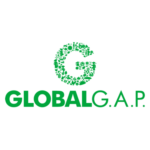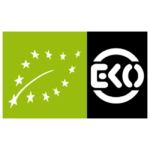Escolar
Worldwide
Pelagic longlines
- Jan
- Feb
- Mar
- Apr
- May
- Jun
- Jul
- Aug
- Sep
- Oct
- Nov
- Dec
Escolar is maximally fished and is therefore under a large fishing pressureFishing pressure:
Fishing pressure is a result of the fishing effort/amount of fishing on a stock, which determines the fishing mortality. Fishing mortality is the share of the fish stock that dies annually as a result of fishing..
This species is bycatchBycatch:
Species caught next to species targeted for fishery. By-catches can consist of non-commercial species and species that are too small, and can be kept (this part is sometimes called by-product) or thrown back into the sea (discards). in the longlineLongline:
Also known as line fishing. A fishing method in which lines and hooks are used. fishery on tuna. Besides the bycatch of escolar, different species such as; sharks, young swordfish, undersized tuna, but also endangered birds, seaturtles and small cetaceans are caught as bycatch. The bycatch often does not survive the pressure and temperature differences when hauled in.
The fishery on escolar is not managed, in part because of the lack of a reliable stock-assessmentStock assessment:
Based on data about fish catch of fishermen and samples conducted with research vessels, a stock assessment describes the current and former status of a fishery stock. The size of the stock will be measured and a prediction will be made about how the stock will respond to management measures..
Fish in season
Fish is in season when the spawning period has ended, as the quality is then at its best.




